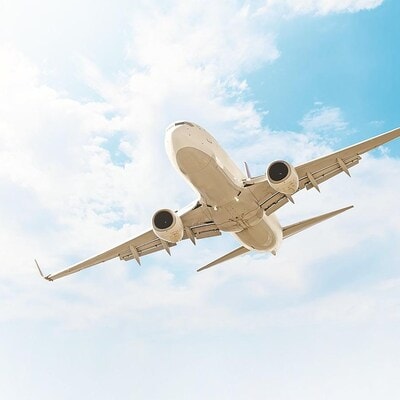DGCA releases regulatory reforms to reduce compliance burden for operators | News

The Directorate General of Civil Aviation (DGCA) has introduced regulatory reforms to reduce the compliance burden for non-scheduled and general aviation operations.
In a statement, DGCA informed that currently, there are two primary Civil Aviation Requirements (CARs) governing the continuing airworthiness of aircraft: CAR-M and CAR-145. CAR-M covers the continuing airworthiness of all aircraft types, including those used for scheduled operations, non-scheduled operations, flying training, general aviation, and private operations. CAR-145 specifies regulations for the maintenance of aircraft used in commercial operations and complex motor aircraft.
These CARs apply uniformly across organisations regardless of size and do not differentiate between the maintenance processes required for commercial versus private aircraft.
To address this, the Directorate General of Civil Aviation (DGCA) has introduced new CARs: CAR-ML, CAR-CAO, and CAR-CAMO. These new regulations, aligned with European Union Aviation Safety Agency (EASA) standards, simplify airworthiness requirements for light aircraft and those used by operators other than licenced air carriers. To align with these new regulations, appropriate amendments have also been made to CAR M and CAR 145.
These new and revised regulations will help the aviation industry in reducing the compliance burden for operators/organisations using non-complex aircraft vis-a-vis aircraft that are complex, including aircraft used in scheduled commercial operations.
The above regulations will come into effect on January 1, 2025.
(Only the headline and picture of this report may have been reworked by the Business Standard staff; the rest of the content is auto-generated from a syndicated feed.)
First Published: Sep 03 2024 | 6:01 PM IST




